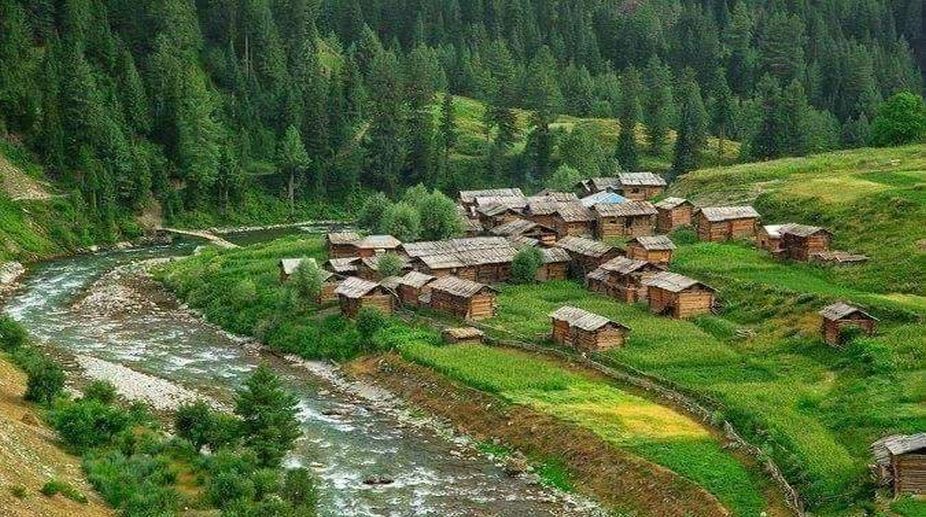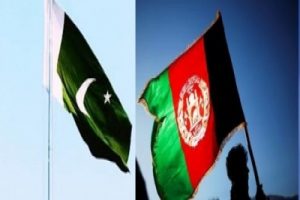Aarrest of a Shia cleric for blasphemy under Pakistan’s strengthened blasphemy laws, have led to widespread protests in the Pakistan-occupied Gilgit-Baltistan area. With “Chalo, chalo Kargil chalo” chants tearing the air, the protests are said to be the greatest the area has ever seen. Local leaders in Gilgit warned the Pakistani government of an impending civil war, and some even called for a union with India.
After Shia cleric Agha Baqir al-Hussaini was detained and booked for his remarks during a religious gathering, riots by the locals of Skardu erupted.
Advertisement
Agha Baqir al-Hussaini was detained for his comments at a Skardu ulema council meeting when it was discussed if Pakistan should tighten its blasphemy laws in order to attack the Shia community. The fundamental principles of Islam are the same for Shias and Sunnis, although Shias do not venerate Islamic leaders who fought against the fourth Caliph, Ali.
Although Shias make up a sizable portion of the population in Gilgit-Baltistan, Pakistan is a nation with a Sunni majority. Since Gen Zia-Ul Haq’s rule, many Pakistani governments have attempted to alter the demographics of Gilgit-Baltistan by resettling Sunnis there.
Baltistan, Diamer, and Gilgit are the three administrative divisions of the Gilgit-Baltistan area. The towns of Gilgit and Skardu serve as the primary administrative hubs.
Despite the Pakistani media’s lack of coverage of the protests in Gilgit, social media has seen the emergence of videos and accounts that show the intensity of the unrest. Since most of it cannot be verified, even this is simply a trickle.
The Pakistani establishment’s control over communication in the occupied territory is what led to this.
Accounts on X (previously Twitter) claim that the first demonstrations on August 22 were by Sunnis calling for the detention of Agha Baqir al-Hussaini. The Karakoram Highway, which connects the hilly area to Pakistan, was subsequently shut.
The demonstrations took place in Daimer, where Sunnis make up the majority.
Shias have been putting down protests in response to those demonstrations and the detention of cleric al-Hussaini; videos of these actions are currently being shared on X.
Protesters can be heard yelling insults towards General Asim Munir, the head of Pakistan’s army.
In videos, local authorities can also be heard warning that if the route was still closed, people would head to Kargil rather than Sindh or Punjab (both in Pakistan). an allusion to India and Gilgit joining forces. Along with demanding the release of al-Hussaini and the opening of the roadway, they also threatened civil war.











